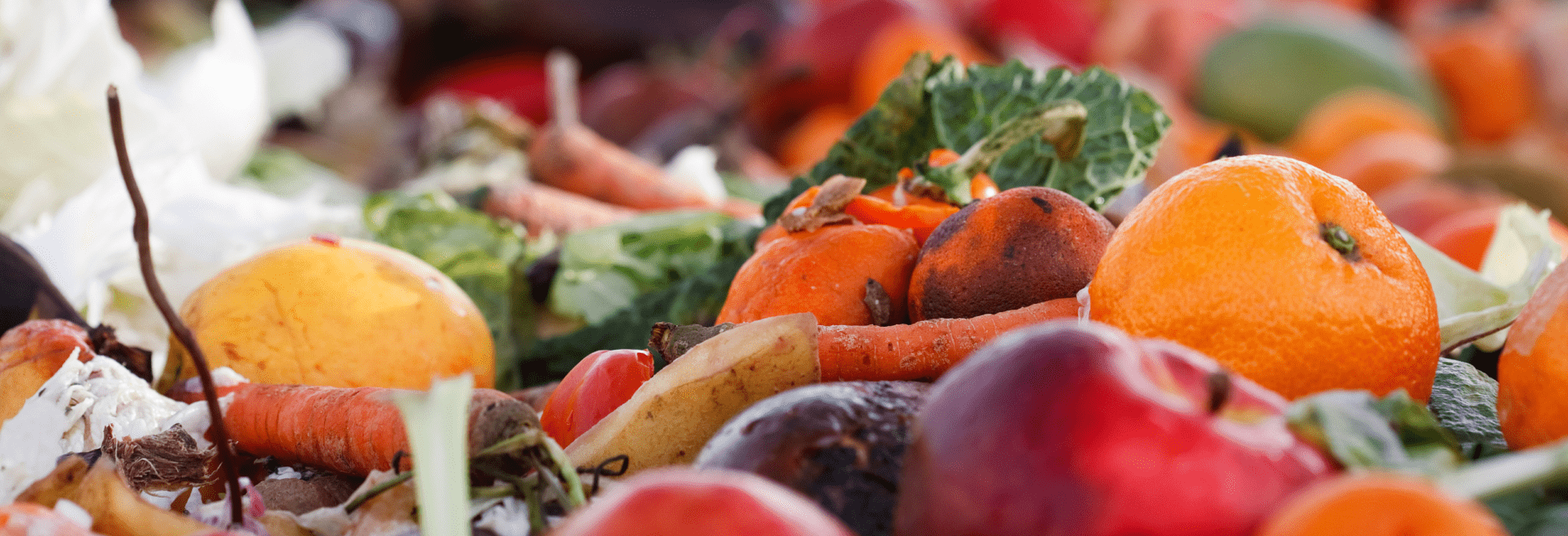
Discover one of the biggest problems of the food system with this documentary film series.
Did you know that food waste accounts for 8-10% of global greenhouse gas emissions? Then, we are facing one of the biggest problems of the current food system.
According to data from the Catalan Ministry of Climate Action, Food and the Rural Agenda, each person in Catalonia wastes 35 kg of food a year, representing 7% of the food they buy.
Although much food wastage occurs at the home and catering level, it also affects other stages of the food chain: production in the field and initial distribution, processing and packaging in factories, and central distribution and retailing.
Below we share seven documentaries that deal with this issue from different perspectives.
1. JUST EAT IT: A FOOD WASTE STORY (2014)
How can we throw almost 50% of our food away? This is the question asked by Jen and Grant, two American citizens, before setting themselves a major challenge: to feed themselves for a few months on food that has been rejected and wasted.
The documentary film Just Eat It: A Food Waste Story tells the story of a couple who rescues food destined for the garbage bin, showing that it is in optimal condition for consumption. The film deals with food waste at the different stages of the food chain -farms, retail or people’s fridges- and the reasons for discarding food: expiry dates, imperfect proportions, etc.
2. THE VALUE OF FOOD (2015)
In 2015 the ENT Foundation, the Girona Naturalists Association, and Espai Ambiental promoted the The Value of Food campaign. The initiative aimed at bringing the problem of food wastage to light, and included several activities and awareness-raising actions, and had several activities and awareness-raising actions, among them the short documentary El valor dels aliments (The Value of Food, in Catalan).
It is an explanatory video on food waste, realised with the collaboration of different agents related to the problem. It discusses, among other things, aspects of the loss of the environmental, cultural and economic value of food, the subsequent treatment of waste, and the importance of the type of consumption we make as a decisive point in reducing waste. It also reflects how we may throw away food when some people suffer from hunger.
3. SAVED: YOU DON’T PLAY AROUND FOOD (2012)
The TV programme Salvados [Saved] deals with the issue of food waste as related to the social food inequalities in Spain. While millions of people go hungry, we throw away millions of tons of food.
In Salvados: Con la comida no se juega [Saved: You Don’t Play Around with Food, in Spanish], journalist Jordi Évole presents the different visions of this problem through the testimonies of producers, businessmen, supermarket employees and members of parliament. With them, he deals with aspects such as the waste in the various phases of the food chain and the different food sectors, the pressure imposed on products by aesthetics or the opportunity to use wasted food in food banks.
4. TASTE THE WASTE (2010)
Did you know that the food thrown away in the United States and Europe could feed the hungry people in the world up to three times?
The documentary Taste the Waste exposes this kind of information on food waste and food inequalities and shows how much food is thrown out in supermarkets every day because it is not commercially edible or has a near-expiry date, among other things.
5. SURVIVING THE FRIDGE (2015)
This episode of TV3’s programme Sense Ficció [No Fiction, in Catalan] shows how the economic crisis and the current agri-food model have aggravated the problem of food waste.
What are the rules that govern the current market? How many kilos of food are wasted from the beginning of the food chain until it reaches our plates? What is the difference between food waste and food loss? These are some of the questions addressed in the documentary.
Sobreviure a la nevera [Surviving the Fridge, in Catalan] also reflects on the overproduction of food, the importance of the consumption of local products and the lack of transparency of supermarkets regarding the data on wasted food.
You can view the documentary here.
6. WE FEED THE WORLD (2005)
The documentary We Feed the World (mainly in German) is an indictment of the business that food has become. It was one of the first documentaries that, with Austria at its centre, dealt with issues such as the long journey that food makes to reach the country where it is finally consumed or the large amount of food that is discarded or thrown away because it does not meet a series of aesthetic standards.
Fishermen, farmers, transporters, and big businessmen are all key players in the circulation of food and the development of problems such as food wastage, deforestation and the globalisation of the food industry.
We Feed the World is also about the coexistence of scarcity and abundance. How do industrial overproduction and food waste relate to the hunger of thousands of people around the world?
7. YOUR WASTE AND OTHER DELICACIES (2018)
Spain produces more food than necessary and wastes 7,700 million tonnes of food yearly. The documentary Tus desperdicios y otros manjares [Your Waste and Other Delicacies, in Spanish] aims at making us reflect on how our eating habits and the consumerist society in which we currently live are, in part, the cause of the phenomenon of food waste.
In addition to waste, food production is the main cause of deforestation and loss of habitat, biodiversity and water. Multiple witnesses from agriculture, livestock farming, catering and other actors in the food chain are featured in this documentary to illustrate the problem.

